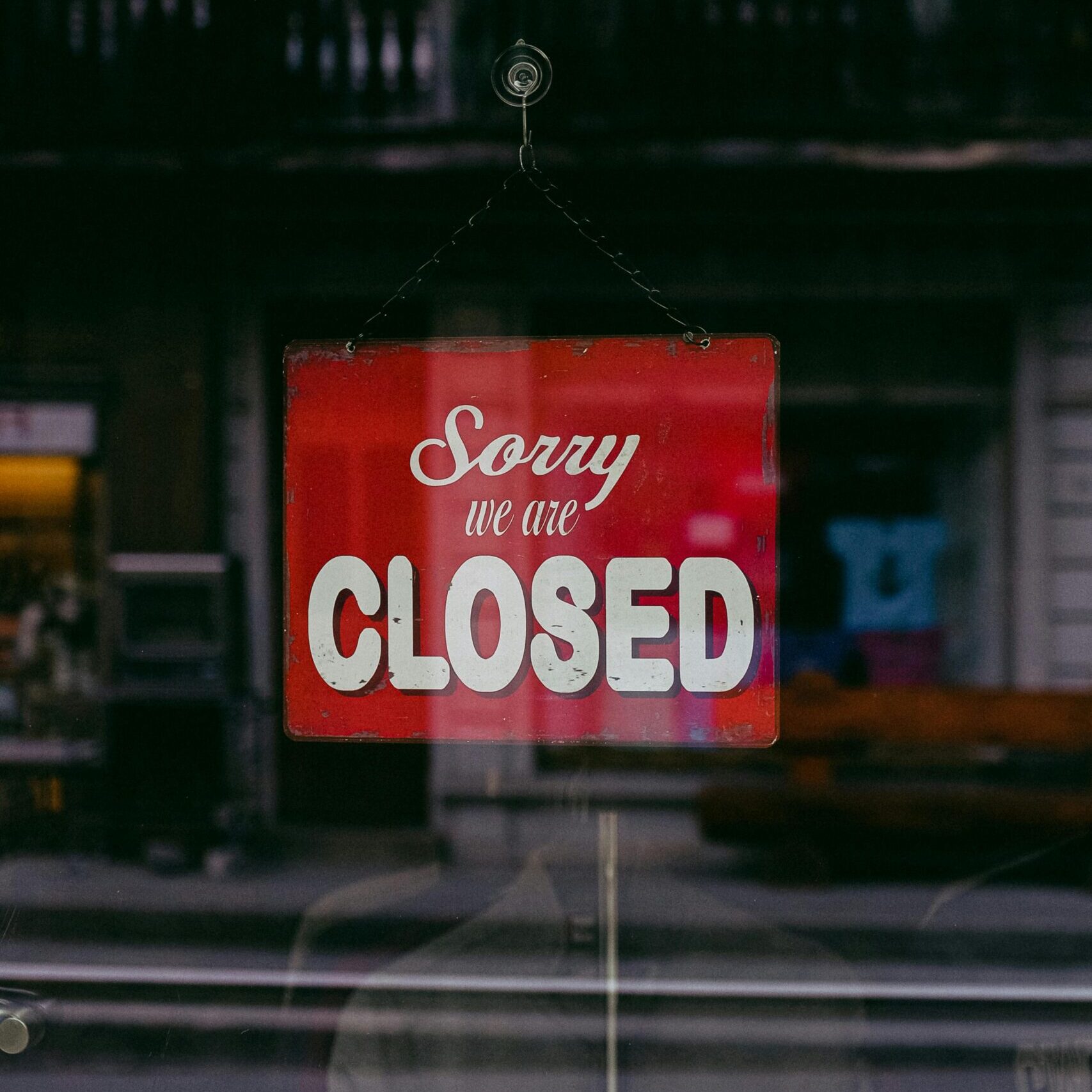
The Challenges Of Adjusting Pipe Breaks And Sewer Back-Ups
September 4, 2019
This article is originally a publication of the Southern Loss Association newsletter, August 2019. Legal opinions may vary when based on subtle factual differences. All rights reserved.
In January of this year, we published an article entitled “The Challenges of Adjusting Long-Term Water Losses.” That article focused on the “constant or repeated leakage or seepage” exclusion that appears in many insurance policies. The article chronicled three court decisions named Hoey, Price, and Hicks and how they affect coverage determinations.
This article continues the discussion on water-related losses by looking at the challenges of adjusting pipe breaks and sewer back-ups. All of these topics (long-term water losses, pipe breaks, and sewer back-ups) will be part of the 2019 Annual Southern Loss Association continuing education seminar presented on August 8, 2019 in Roswell, GA.
1. Pipe Breaks.
Many houses (especially in south Florida) have cast iron drain lines located in or beneath the slab. In recent years, there has been an increase in claims for pipe breaks or pipe collapses. In many situations, the pipe fails and causes an obstruction that causes water to back up into the house causing water damage. Many insurance policies exclude coverage for the pipe, but provide coverage for ensuing water damage and also for the cost of accessing the pipe to make a repair.
In the case of Homeowners Choice Prop. & Cas. v. Maspons, 211 So. 3d 1067 (Fla. 3d DCA 2017), the insured noticed his kitchen sink drain was draining very slowly and made an insurance claim. The insurer confirmed that there were at least two holes as well as build-up in the cast iron drain line under the house that were causing the slow draining. The insured demanded the insurer pay for access to the drain pipe so he could make repairs. The insurer refused.
The Court ruled in favor of the insurer because there was no ensuing water damage. It was merely a slow drain. There was no coverage under the insurance policy for costs to access the drain pipe unless there was first ensuing water damage. However, the Court left open the possibility that the insured could make a claim at a later date if the insured’s property suffered ensuing water damage in the future.
2. Sewer Back-ups.
Pipe breaks can lead to sewer back-ups. However, many insurance policies exclude certain types of water damage. A common exclusion excludes loss caused by water or water-borne material which backs up through sewers or drains or which overflows or is discharged from a sump, sump pump or related equipment. However, the applicability of that exclusion often turns on whether the back-up occurred on the insured premises or off the insured premises.
In the case of Cheetham v. S. Oak Ins. Co., 114 So. 3d 257 (Fla 3rd DCA 2013), the underground drain line on the insured’s premises collapsed and caused a blockage that caused water to back up and damage the insured premises. The insurance policy included the exclusion for loss caused by water or water-borne material which backs up through sewers or drains. The insurance policy also excluded other types of water damage too (flood, tidal water, and water beneath the earth). The insured made a claim. The insurer denied the claim relying sewer back-up exclusion.
The Court ruled in favor of the insured. The Court determined that the types of water listed in the insurance policy’s water exclusion all pertained to water that originates off the insured’s premises (such as flood, tidal water, and water beneath the earth). As such, the Court concluded that the loss was not excluded because the back-up here occurred on the insured’s premises.
In the case of Troutman v. QBE Ins. Corp., No 3:17-cv-464, 2018 WL 2741060 (W.D.N.C. June 7, 2018), the facts were different and so was the outcome. In Troutman, sewage backed-up into the insured’s house when fiber-optic cable contractors accidentally ruptured the sewer line under a street near the insured’s house but off the insured’s premises. The insurance policy contained largely the same insuring provisions and water exclusions as were in the Cheetham case. The insured made a claim. The insurer denied most of the claim based on the sewer back-up exclusion. The Court ruled in favor of the insurer and found that the exclusion applied because the blockage/problem occurred off the insured premises.
3. Moving Forward.
Adjusters are likely to see an increase in pipe break and sewer back-up claims as insured properties (and their plumbing systems) continue to age. As with any claim, it is critical to know what the precise language of the insurance policy says in each particular claim. The Maspons case shows why it is important to document the existence or absence of ensuing water damage as that has a significant impact on whether other coverages or exclusions in the insurance policy are triggered. The Cheetham and Troutman cases show why it is critical to know whether the blockage or problem that caused the sewer back-up occurred on the insured premises or off the premises.



